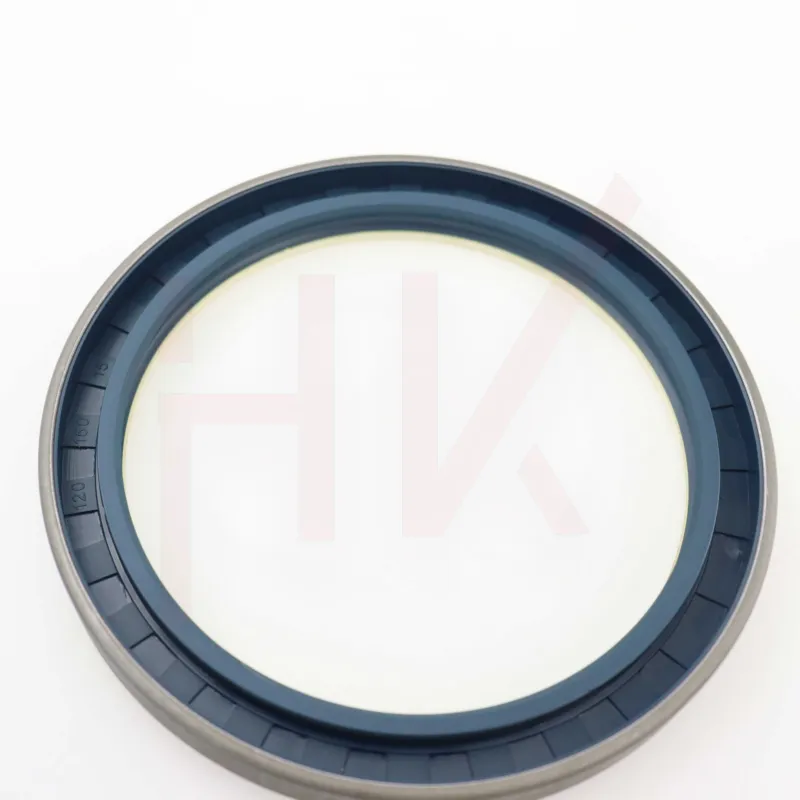Sep . 04, 2024 09:04 Back to list
metric rod wiper seals
Understanding Metric Rod Wiper Seals
Metric rod wiper seals are essential components in hydraulic and pneumatic systems, designed to prevent contaminants from entering the rod sealing area while also ensuring that the hydraulic fluid or air does not leak out. These seals play a critical role in the overall performance and longevity of machinery and equipment, particularly those that operate in harsh environments.
Importance of Wiper Seals
Wiper seals, often made from durable materials like polyurethane or rubber, are crucial for maintaining the integrity of hydraulic cylinders and pneumatic actuators. They function by scraping dirt, dust, and other particles off the rod as it extends and retracts. This protective mechanism minimizes wear and tear on the sealing elements, ensuring that they function optimally. Without these seals, contaminants could compromise the system, leading to early failure, increased maintenance costs, and undesirable downtime.
Design and Specifications
Metric rod wiper seals come in various sizes and configurations to fit different applications. The metric designation (e.g., 25mm, 30mm, etc.) refers to the diameter of the rod that the seal is intended to fit. Proper sizing is critical; an incorrect size can lead to inadequate sealing and potential system failure.
The design of these wipers typically includes a lip that contacts the rod, which is engineered to create the necessary friction to wipe away debris effectively. In addition to a basic wiping function, many modern wiper seals are designed with features like drainage grooves to channel away any fluid or contaminants that may be collected during operation.
Material Considerations
metric rod wiper seals

Selecting the right material for wiper seals is paramount to the durability and effectiveness of the seal. Common materials include
- Polyurethane Known for its excellent wear resistance and flexibility, making it ideal for dynamic applications. - Nitrile Rubber (NBR) Offers good oil resistance and is widely used in hydraulic applications. - Fluorocarbon (FKM) Provides exceptional thermal stability and resistance to aggressive chemicals.
The choice of material often depends on the operating environment, temperature ranges, and the type of fluids that the seal will encounter.
Maintenance and Replacement
Regular inspection and maintenance of wiper seals are essential for optimal performance. Signs of wear or damage, such as cracks, hardening, or diminished wiping capability, should be addressed promptly. Replacing wiper seals as part of a routine maintenance schedule helps in preventing more significant issues within the system.
Conclusion
Metric rod wiper seals are a vital component in maintaining the efficiency and reliability of hydraulic and pneumatic systems. Understanding their importance, proper selection, and maintenance can lead to enhanced performance and a longer lifespan for machinery. With the right materials and designs, these seals contribute significantly to the overall functionality and reliability of industrial applications, ensuring smooth operations and minimizing downtime.
-
Wiper Oil Seal: Our Commitment to Clean Hydraulics
NewsAug.13,2025
-
Hydraulic Oil Seal for Self Discharging Cars
NewsAug.13,2025
-
Hub Oil Seal for Agricultural Tractor Hubs
NewsAug.13,2025
-
Skeleton Oil Seal with NBR Material
NewsAug.13,2025
-
Rotary Lip Seal for High Pressure Applications
NewsAug.13,2025
-
Cylinder Seal Kits Our Legacy of Hydraulic Trust
NewsAug.13,2025
-
Unlocking the Potential of Hydraulic Systems with Essential Sealing Solutions
NewsAug.06,2025
Products categories
















